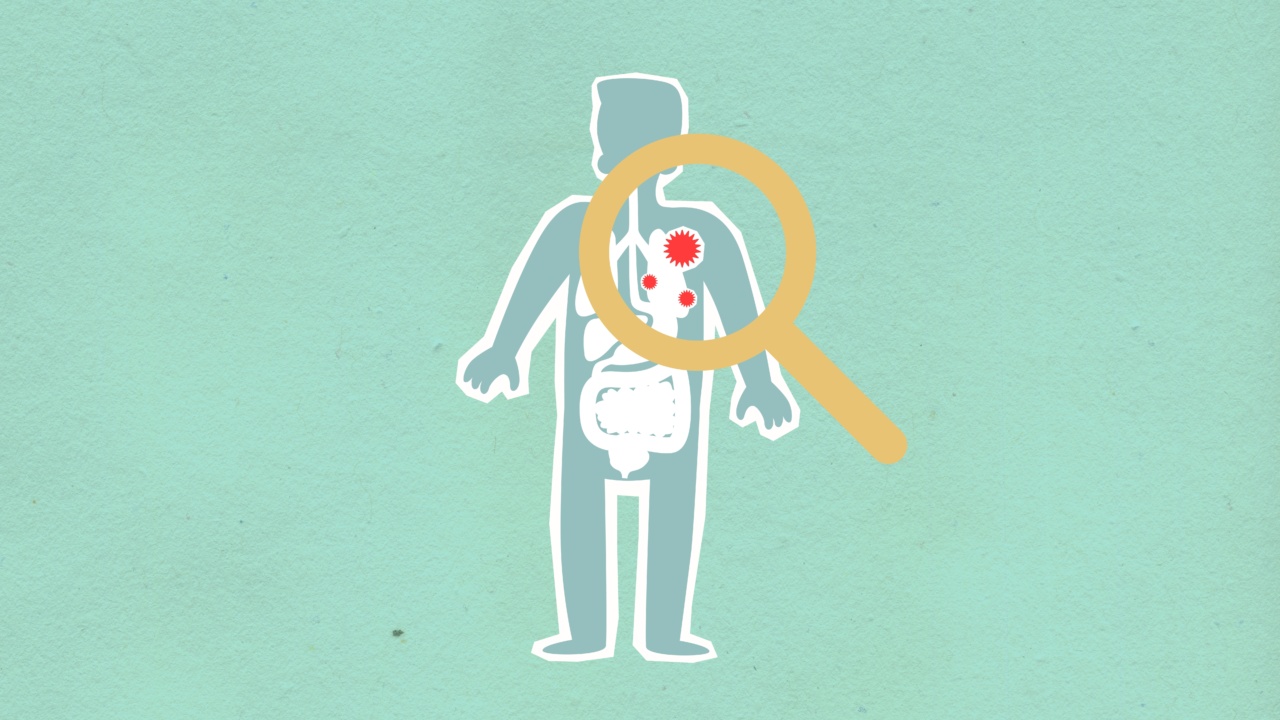Allergic diseases such as asthma, eczema, and hay fever are known to cause inflammation in the body. This inflammation may lead to several chronic diseases, and it is not limited to the respiratory system.
Scientists have found that allergies may also increase the risk of osteoarthritis, a common joint disorder that affects millions of people worldwide.
What is Osteoarthritis?
Osteoarthritis is a degenerative joint disease that occurs when the cushioning tissue (cartilage) between bones wears down. This can lead to pain, stiffness, and swelling in the affected joint, and may make it difficult to move the joint.
Osteoarthritis can affect any joint in the body, but it is most common in the knees, hips, and hands. The disease is more common in older adults, but it can also occur in younger people who have suffered joint injuries.
The Link Between Allergies and Osteoarthritis
Researchers believe that there is a link between allergies and osteoarthritis because both conditions involve inflammation. Inflammation is a natural response of the immune system to protect the body from harmful substances and infections.
However, when inflammation persists for a long time, it can damage the body’s tissues.
In the case of allergies, the immune system mistakenly identifies harmless substances (such as pollen) as harmful. This triggers an inflammatory response that may lead to tissue damage in the respiratory system.
However, inflammation is not limited to the respiratory system, and it can affect other parts of the body.
Inflammation has been identified as a major factor in the development of osteoarthritis. As the cartilage between bones wears down, the body tries to repair the damage by producing more cartilage and bone.
However, this process can also lead to inflammation and tissue damage. Chronic inflammation can make it difficult for the body to repair damaged cartilage, which may accelerate the development of osteoarthritis.
Evidence Supporting the Link Between Allergies and Osteoarthritis
Several studies have found a link between allergies and osteoarthritis. In a large study published in the journal Osteoarthritis and Cartilage, researchers followed more than 3,400 adults for nine years.
The study found that participants with allergies were more likely to develop osteoarthritis, particularly in the knee joint. Another study published in the Journal of Allergy and Clinical Immunology found that people with allergies had higher levels of inflammatory markers in their blood, which are associated with osteoarthritis.
In addition, animal studies have shown that allergic reactions may contribute to the development of osteoarthritis.
In one study, researchers induced asthma-like symptoms in mice, and found that the mice had more severe cartilage damage than mice without asthma symptoms. Another study found that mice with allergic reactions had a more rapid progression of osteoarthritis than mice without allergies.
How to Reduce the Risk of Osteoarthritis From Allergies
While the link between allergies and osteoarthritis is still being studied, there are several things you can do to reduce your risk of osteoarthritis:.
- Avoiding common allergens, such as pollen, dust, and pet dander
- Treating allergies with appropriate medications, such as antihistamines and nasal corticosteroids
- Maintaining a healthy weight to reduce stress on joints
- Exercising regularly to strengthen the muscles around the joints and improve flexibility
- Eating a healthy diet that is high in anti-inflammatory foods, such as fruits, vegetables, whole grains, and lean protein
Conclusion
Allergic diseases are associated with chronic inflammation, which has been identified as a major risk factor for osteoarthritis.
While more research is needed to fully understand the link between allergies and osteoarthritis, it is clear that allergies can contribute to the development of this joint disorder. By managing allergies and adopting healthy lifestyle habits, you can reduce your risk of developing osteoarthritis and improve your quality of life.































